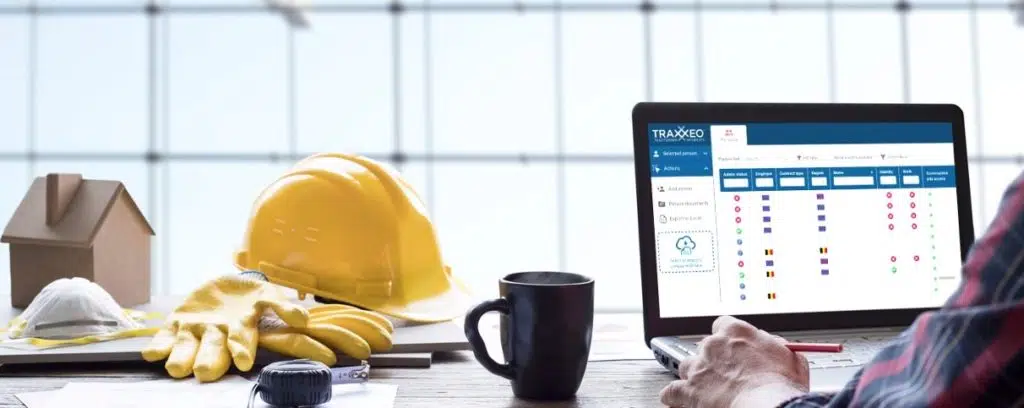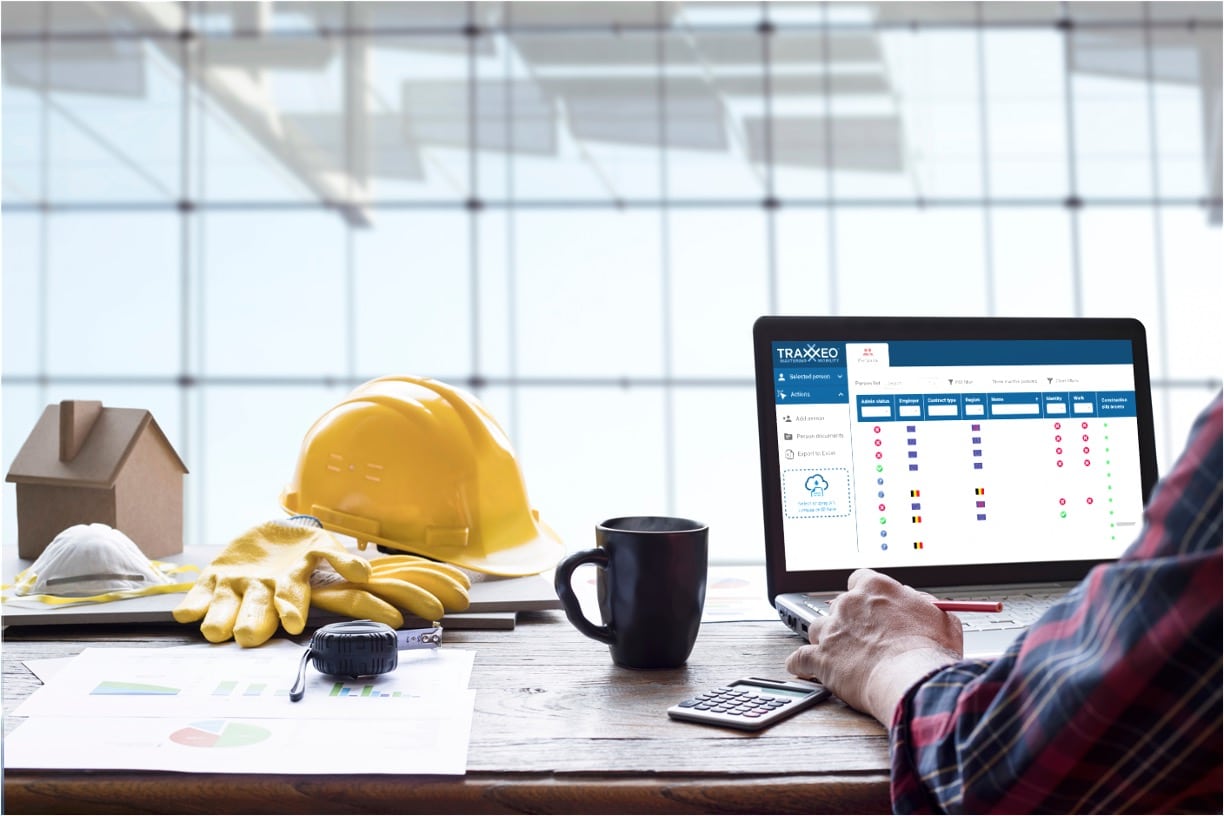Unlocking Efficiency: The Benefits of Construction Document Management Platforms
Unlocking Efficiency: The Benefits of Construction Document Management Platforms
Blog Article
Enhancing Process Efficiency: Engineer's Professional Methods for Construction Record Administration
In the world of architectural design and building and construction, the careful management of papers stands as a keystone for project success. These methods not just guarantee smooth job development but additionally hold the vital to opening boosted performance and precision in the intricate realm of building file administration.
Trick Record Organization Techniques
When handling construction files, one of the crucial methods that designers employ is developing a effective and methodical organization system. This system normally entails categorizing documents based upon their kind, such as drawings, requirements, agreements, and permits. By developing unique and clear categories, engineers can swiftly locate details details when needed, conserving time and decreasing mistakes in the building process.
Within each classification, engineers even more arrange records by producing subfolders or utilizing numbering systems to signify alterations or versions (construction document management). This ordered structure guarantees that one of the most pertinent and present information is quickly available while preserving a record of changes made throughout the job timeline
Furthermore, designers often make use of electronic record management platforms that offer features like keyword search functions, variation control, and accessibility constraints to boost company and cooperation amongst task stakeholders. These devices enhance the paper retrieval process, promote real-time updates, and help with seamless interaction, ultimately adding to the overall success of the construction task.
Collaborative System Combination
To enhance file management efficiency in building and construction tasks, designers effortlessly integrate collective platforms to boost interaction and enhance sychronisation among project stakeholders. By leveraging joint systems such as job monitoring software application, cloud-based storage systems, and interaction tools, architects can develop a centralized hub for all project-related papers and communication networks. These platforms allow group members to access, evaluation, and collaborate on records in real-time, minimizing delays and the threat of errors related to standard file monitoring techniques.
Collaborative system assimilation also promotes openness and accountability within the job group, as all stakeholders have visibility right into the current project updates and modifications. By systematizing communication and record sharing, architects can make sure that all team members are functioning from one of the most up-to-date info, lessening the chances of conflicts or misconceptions arising because of obsolete documents.
Additionally, collective systems enable smooth collaboration between designers, service providers, customers, and various other task stakeholders, advertising an extra reliable and natural task operations. By damaging down interaction obstacles and assisting in details exchange, engineers can drive efficiency and technology in building and construction tasks, eventually causing effective job results.
Version Control Best Practices
Implementing effective variation control techniques is critical for keeping record precision and uniformity in building jobs. By establishing a clear system for handling modifications, job groups can make sure that everybody is functioning from the most updated paperwork, decreasing the danger of mistakes and discrepancies throughout the building stage.
One of the vital finest practices see page for version control is to appoint distinct identifiers per document variation. This can be attained by utilizing a numbering system or day stamp that clearly suggests the order of revisions. By plainly identifying each iteration, group members can conveniently track the progression of Read Full Article the paper and recognize one of the most current version.

Automation Tools for Efficiency

Paper control software program, like Procore or PlanGrid, systematizes task documentation, making it easily accessible to all stakeholders. These platforms enable real-time collaboration, version control, and automated backups, protecting against data loss. Furthermore, Structure Details Modeling (BIM) software you could check here program automates the generation of construction drawings and ensures that changes are synchronized across all related documents.
Integrating automation tools with cloud storage services additionally improves access and protection. By automating the record monitoring procedure, task groups can concentrate their effort and time on value-adding activities, eventually improving productivity and task end results.
Secure Information Monitoring Solutions
Successfully safeguarding and handling project information is critical in the building and construction industry to make sure confidentiality and stability throughout the task lifecycle. Architectural firms can use encrypted cloud storage space services to safely save and share project papers with accredited personnel.
Moreover, making use of electronic rights administration (DRM) devices includes an extra layer of safety and security by protecting against the unauthorized distribution or duplication of task documents. Regular data backups are vital to reduce the danger of information loss as a result of unforeseen situations like hardware failings or cyber-attacks. Collective systems with integrated security features allow seamless interaction and data sharing amongst job group participants while keeping data integrity.
Conclusion
In conclusion, executing essential paper organization methods, integrating collaborative platforms, practicing variation control ideal techniques, making use of automation devices, and embracing safe information administration options are necessary approaches for boosting operations performance in building and construction paper administration. These skilled techniques can enhance processes, enhance communication, ensure accuracy, and keep information safety throughout the building job lifecycle.
In the realm of architectural layout and building and construction, the thorough monitoring of papers stands as a foundation for project success. These strategies not just make sure smooth job progression yet additionally hold the crucial to unlocking enhanced productivity and accuracy in the complex realm of construction record monitoring.
To enhance file management performance in building projects, designers seamlessly incorporate collaborative systems to enhance interaction and enhance coordination amongst project stakeholders. These systems allow team participants to access, testimonial, and collaborate on records in real-time, decreasing hold-ups and the risk of mistakes associated with typical file monitoring techniques.
Making use of automation devices in construction record administration significantly boosts efficiency and enhances processes for task teams. construction document management.
Report this page